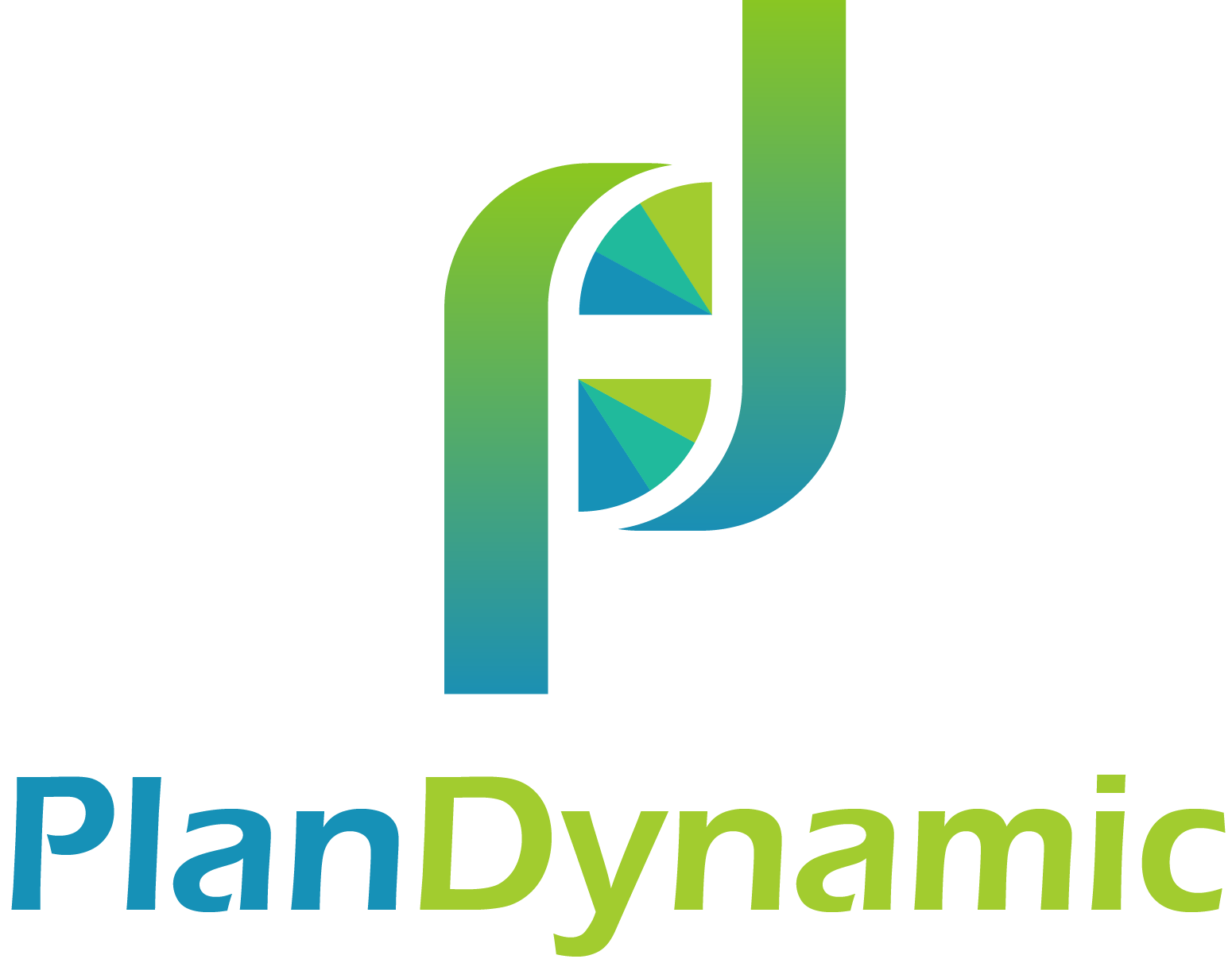Lists for sun, fun and rainy day funds.
Summer brings numerous lists of things to do and enjoy. Books to read, coastal restaurants to try and fun places to bring the kids.
What about lists of your expenses? I know, it sounds as enjoyable as a rain forecast for your 6-year old’s backyard birthday party. However, if you’d like more money for a rainy day, you need to create lists within a budget.
Spending less than earnings is not a successful budget. Positive cash flow shows control of the greatest variable (spending). However, success must include defined ranges of where expenditures occur, to ensure you’re saving for long-term goals and spending on current priorities to enjoy life.
Stack rank today’s priorities. Evolve beyond long-term goals and also rank activities or services valued most for today’s quality of life. For example, a top priority for dual-income families may be outsourcing tasks (cleaning, landscaping) to free up time on their weekends to do family activities or kid’s sports. This exercise should have everyone involved, as priorities only work if a household commits to them. With goals and priorities defined, now see where money is spent.
Don’t record expenses daily. This both unrealistic and reactive. Instead, create a mindset that helps with decision-making at the point of purchase.
To do this, start with last 3 months of spending and assign each item into one of these categories “needs” (fixed expenses), “seeds” (long-term goals), “wants” (priorities) and “what was I thinking?!” (impulse purchases). This last category crushes financial goals and shifts money away from priorities. The sooner you identify these, the less likely to repeat.
Differentiating “needs” versus “wants”. Housing, food, utilities are your “needs” while “wants” is your stack ranked priorities. Some items get split across both “needs” and “wants”, like a $65K vehicle when a $30K vechile satisfies transportation needs. Also, allow for some cushion in your “needs” allocation for the unexpected, like a new roof.
Follow a 50/30/20 rule with a twist. Put 50% of your income toward “needs”, 30% to “seeds” and the remaining 20% against “wants”. The twist being if you desire financial independence over retirement at 65, push your “needs” down to at least a 40/40/20.
The opinions voiced in this material are for general information only and are not intended to provide specific advice or recommendations for any individual.
Glenn Brown is a Holliston resident and owner of PlanDynamic, LLC, www.PlanDynamic.com. Glenn is a fee-only Certified Financial Planner™ helping motivated people take control of their planning and investing, so they can balance kids, aging parents and financial independence.
This article appeared in the June 2019 editions of Holliston Local Town Pages, Ashland Local Town Pages and Natick Local Town Pages.
Please call me at (508) 834-7733 or directly schedule a meeting to learn more about considerations for budgeting, increasing cash flows and building financial independence.
PlanDynamic, LLC is a registered investment advisor. This article is intended to provide general information. It is not intended to offer or deliver investment advice in any way. Information regarding investment services are provided solely to gain a better understanding of the subject or the article. Different types of investments involve varying degrees of risk. Therefore, it should not be assumed that future performance of any specific investment or investment strategy will be profitable.
Market data and other cited or linked-to content on in this article is based on generally-available information and is believed to be reliable. PlanDynamic, LLC does not guarantee the performance of any investment or the accuracy of the information contained in this article. PlanDynamic, LLC will provide all prospective clients with a copy of PlanDynamic, LLC’s Form ADV2A and applicable Form ADV 2Bs. You may obtain a copy of these disclosures on the SEC website at http://adviserinfo.sec.gov or you may Contact Us to request a free copy via .pdf or hardcopy.
